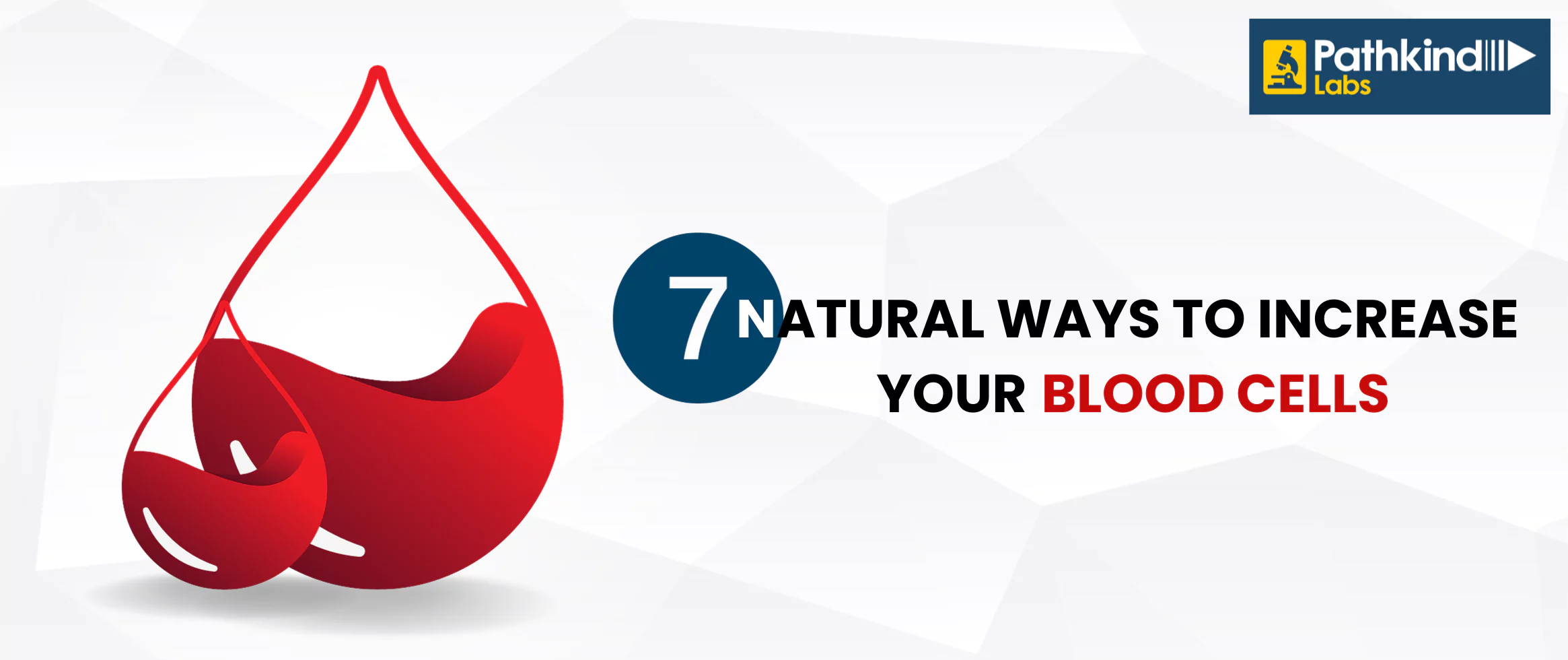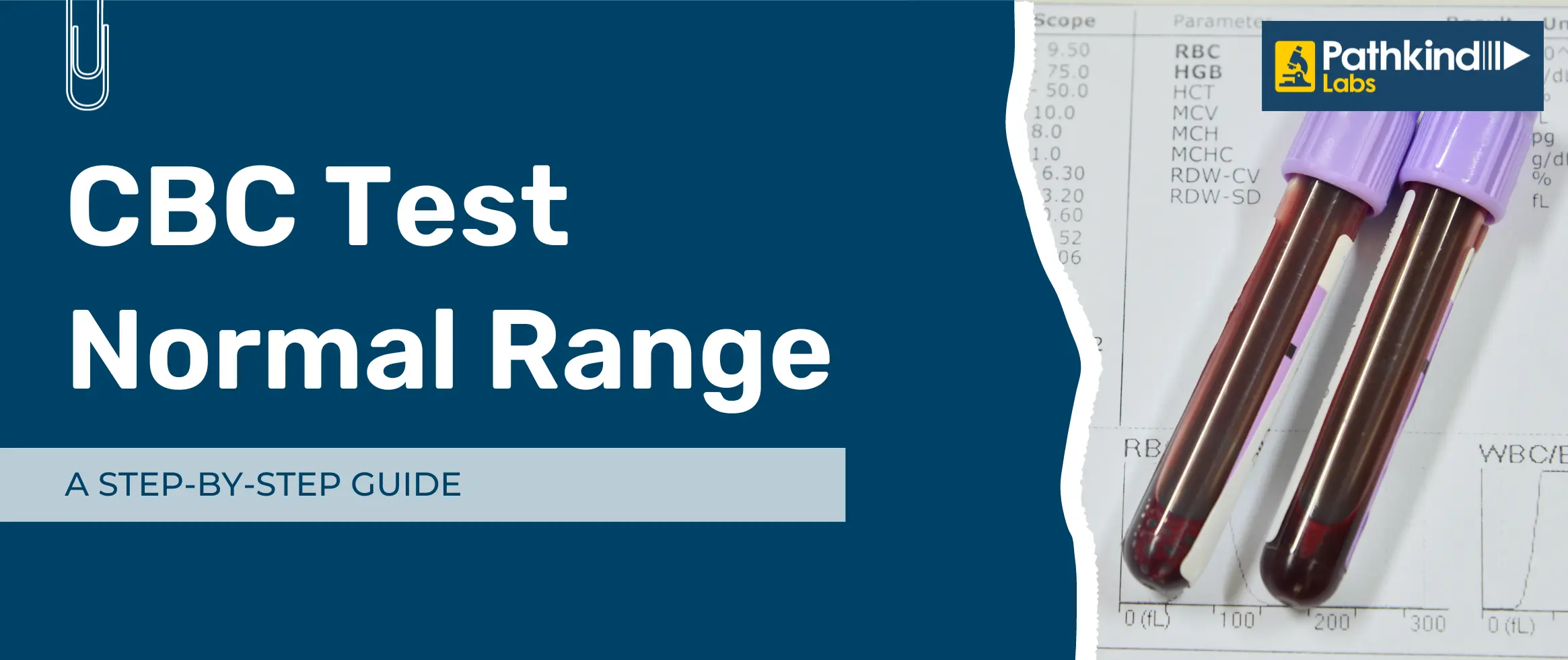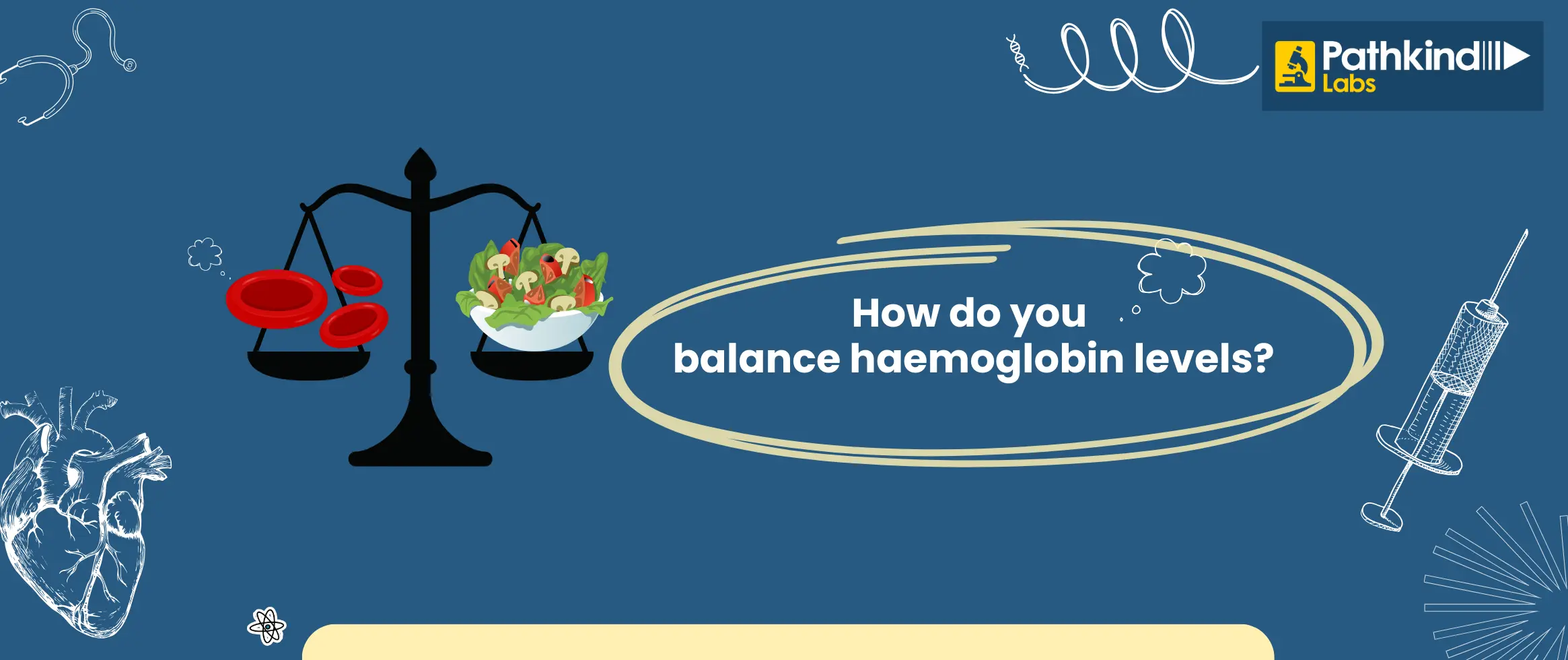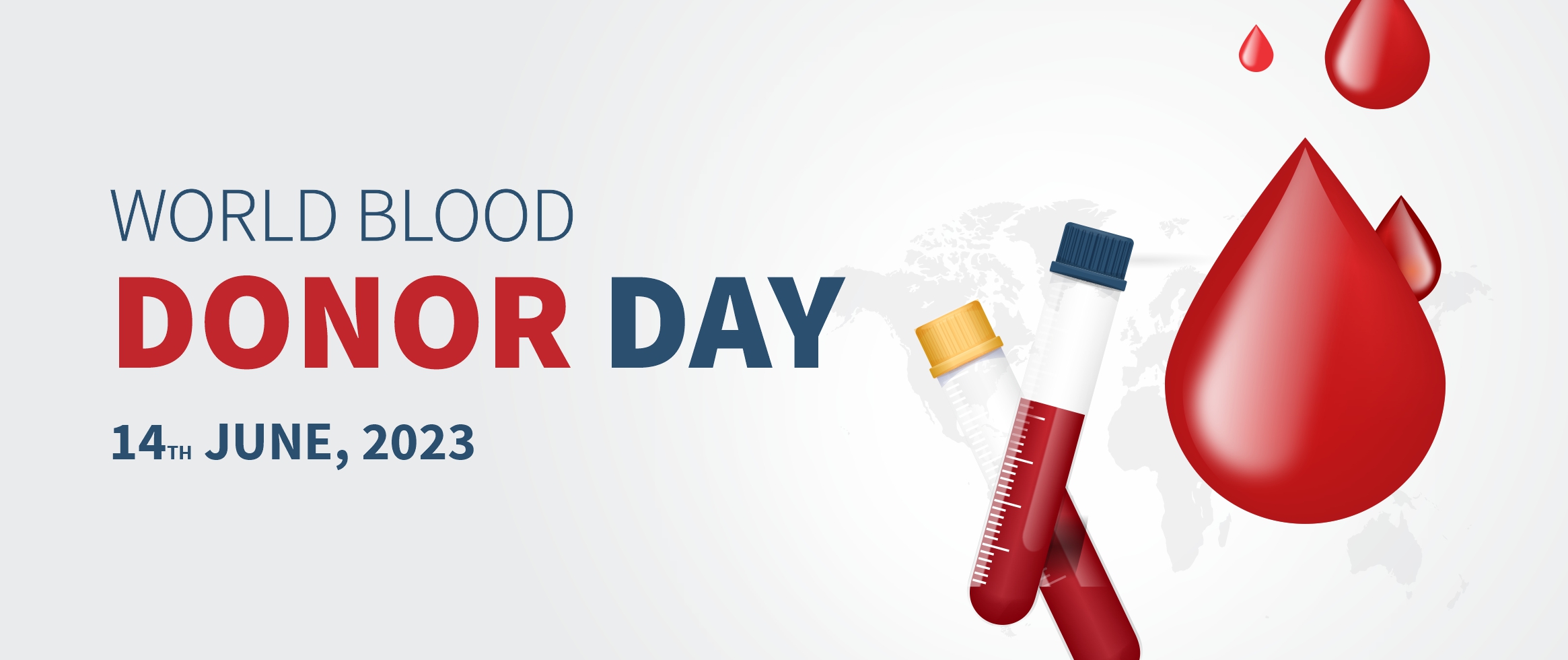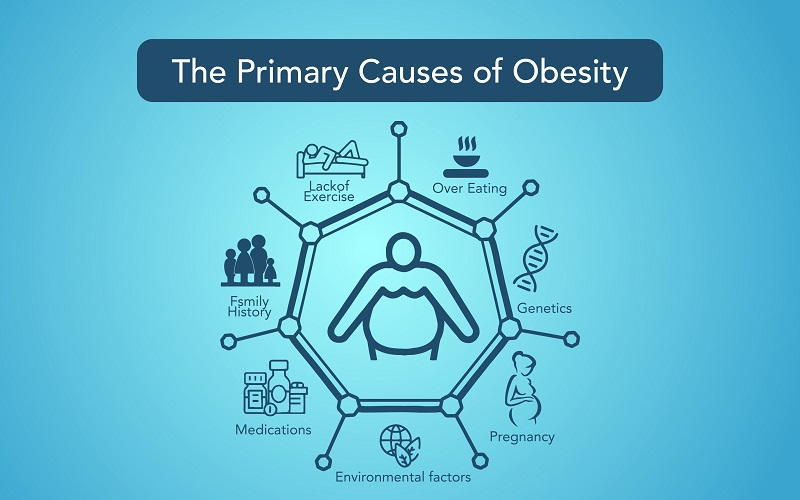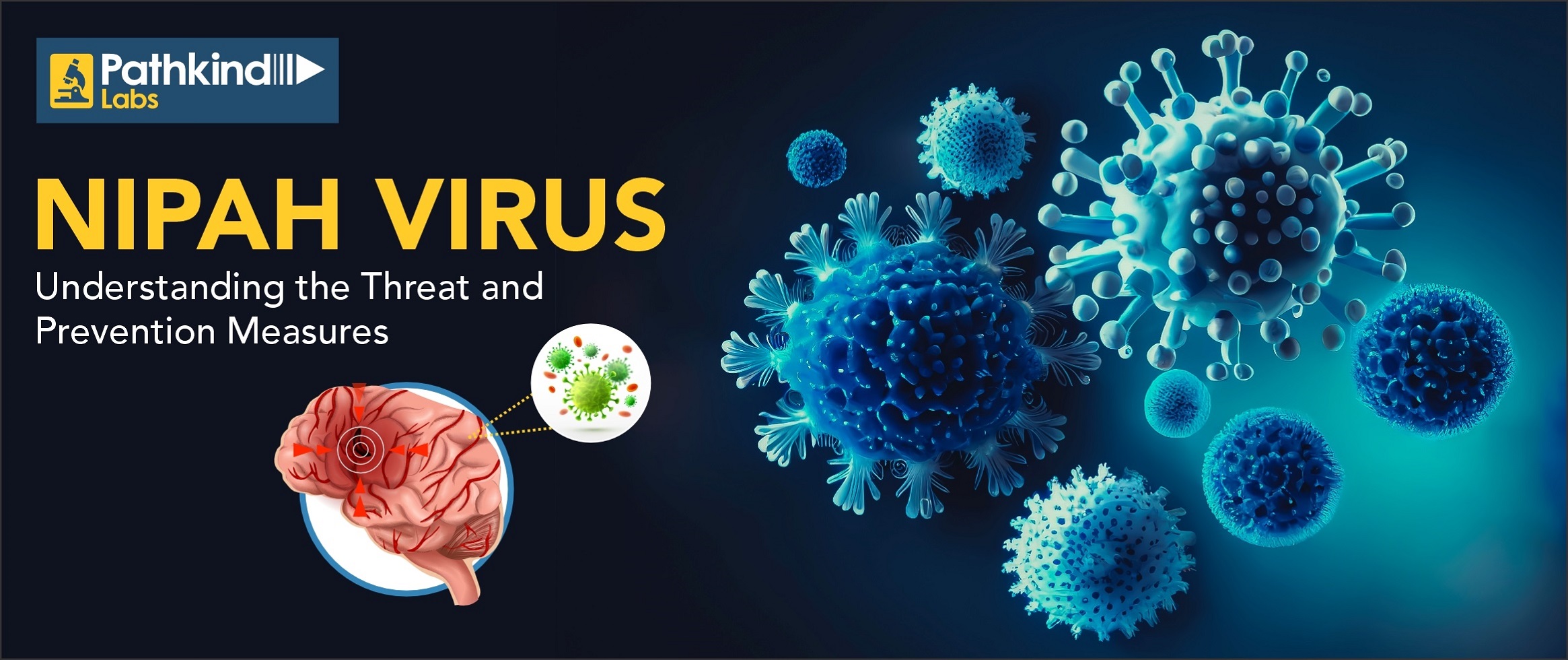Platelets are the smallest possible cells of our blood and are visible only under a microscope. In their inactive state, they resemble tiny plates. When a blood vessel is injured, it sends a signal. When platelets receive that signal, they will travel to the spot and convert into their "active" configuration. Platelets develop long tentacles to contact the ruptured blood vessel, resembling a spider or an octopus.
Platelets are the smallest possible cells of our blood and are visible only under a microscope. In their inactive state, they resemble tiny plates. When a blood vessel is injured, it sends a signal. When platelets receive that signal, they will travel to the spot and convert into their "active" configuration. Platelets develop long tentacles to contact the ruptured blood vessel, resembling a spider or an octopus.
Platelets help to stop the bleeding. During an injury, your platelets form a plug at the location of the wound, blocking blood vessels in a process known as clotting to prevent extra blood from leaving your body. Your blood and spleen both contain platelets. Plasma, red blood cells, white blood cells, and platelet-containing make up whole blood. Platelets, the lightest component of whole blood, are pushed to the walls of your blood vessels because they are the heaviest part of the blood. This allows plasma and blood cells to flow through the centre, allowing platelets to reach injury rapidly to stop bleeding.
What Exactly is a Healthy Platelet Count?
A typical platelet count ranges from 150,000 to 450,000 per microliter of blood. Having more than 450,000 platelets is known as thrombocytosis, whereas having fewer than 150,000 is known as thrombocytopenia. A common blood test called a complete blood count provides your platelet level (CBC).
Several steps are involved in the formation of platelet clots, including:
- Adhesion: This is the initial stage in which platelets swarm to the bleeding area. For instance, bleeding will occur if you cut your finger and break a blood artery. Platelets within the damaged vessel begin adhering to the wound to block the blood flow. Chemical signals for additional assistance are then released.
- Aggregation: In the following stage, other platelets respond to the signal and start to join forces to form a clot.
- Coagulation: As platelets accumulate at the location of the cut, they form a cascade known as coagulation that seals up the blood vessel. Platelets are connected by a structural protein called fibrin to form the clot. The scab that forms on a cut is made of fibrin.
A set of tests called platelet function tests is used to ascertain whether platelets are producing clots. These tests look at a variety of things, including:
- The time it takes for a clot to form and seal a wound
- Strength of a blood clot
- The degree to which platelets cluster or aggregate
- Length of time before bleeding stops
A test that provides details about various blood cells is called a full blood count (CBC). A doctor first takes blood samples. Then, a lab analyses the sample to determine the quantities of platelets, white blood cells, and red blood cells. Numerous medical disorders are diagnosed by doctors with the aid of CBCs. Uncontrolled bleeding can result from a platelet count that is too low, and excessive blood clots can form if it is too high.
What Does a Platelet Count Test Diagnose?
The number of platelets in your blood is counted during a platelet count test. Thrombocytopenia refers to a lower-than-normal platelet count. You may bleed excessively following a cut or other bleeding injury if you have this disorder. Thrombocytosis refers to a greater-than-normal platelet count. This may cause your blood to clot more frequently than it should. Blood clots are hazardous because they can stop the flow of blood.
Who Needs a Platelet Count Test?
A platelet count is most frequently used to track or identify illnesses that result in excessive bleeding or clotting. A complete blood count, a procedure frequently carried out as part of a routine examination, may include a platelet count.
Uses for platelet function testing include:
- Assist in the diagnosis of some platelet disorders
- When doing complicated surgical operations like cardiac bypass surgery and trauma surgery, check platelet function. The risk of bleeding is higher with these procedures.
- To check any history of the bleeding disorder before the surgery
- Blood thinner users should be watched carefully. When a person is at risk for a heart attack or stroke, these medications may be administered to lessen clotting.
Indications Where a Platelet Count Test is Required
Typical signs of platelet disorders include:
- Bruise
- Bleeding gums or frequent nosebleeds
- Urine or faeces containing blood
- Bleeding internally
- Large amounts of bleeding from minor wounds
- Severe Period pains
- Leg swelling, hand/foot tingling, muscle soreness, and joint pain
- Dizziness, weakness, or excruciating headaches
What is the Procedure for a Platelet Count Test?
A licensed practitioner often performs a blood sample-based platelet count test in a healthcare setting. The test can be performed in a doctor's office, clinic, laboratory, or hospital either independently or as a component of a complete blood count test. A doctor typically prescribes a platelet count test. If you are interested in a platelet count test or have symptoms that could be caused by abnormal platelet levels, discuss it with your doctor.
Understanding/Interpreting Platelet Count Test Results
Normal value ranges could differ a little.
150 to 400*109/L, or 150,000 to 400,000 platelets per microliter (mcL), is the usual range of platelets in the blood.
Abnormal results
Below 150,000 platelets (150*109/L) is considered to be low. Your risk of bleeding increases if your platelet count is less than 50,000 (50*109/L). Even routine actions can result in bleeding. Thrombocytopenia is a condition when the platelet count is below normal. Major factors can contribute to a low platelet count:
- Insufficient platelets are produced in the bone marrow
- The bloodstream is destroying platelets
- The spleen or liver is destroying platelets
- Chemotherapy and radiation treatments for cancer
- Certain medicines and drugs
- Autoimmune illnesses where healthy body tissue, such as platelets, is incorrectly attacked and destroyed by the immune system
- Pregnancy
- Deficit in Vitamin B12
A platelet total of 400,000 or above (400*109/L) is measured high. Excess of platelets in the blood is called Thrombocytosis. This specifies that your body is creating too many platelets. causes could be:
- Deficit in iron
- Following specific diseases, major operations, or trauma Cancer
- Certain medications Myeloproliferative neoplasm, a bone marrow condition (which includes polycythaemia vera)
Remove the spleen
- Tuberculosis
- Inflammatory disorders
- Deficit in folate




 NABL approved
NABL approved  Most Trusted by
Most Trusted by  Accuracy &
Accuracy &  Widest Range
Widest Range 












